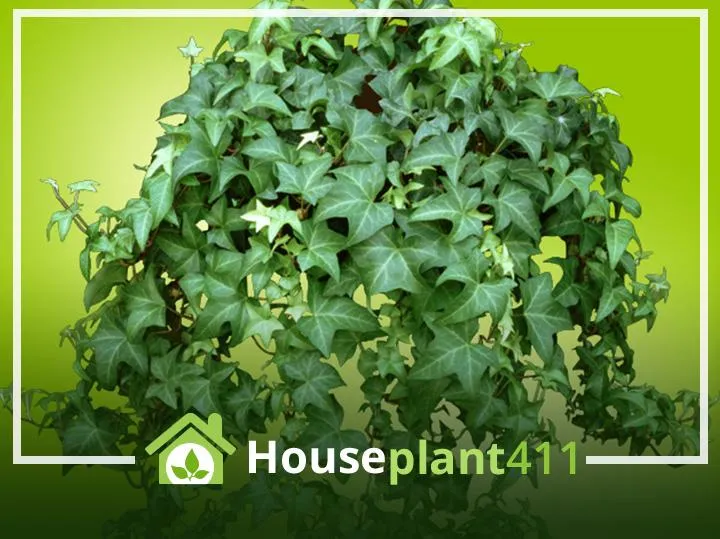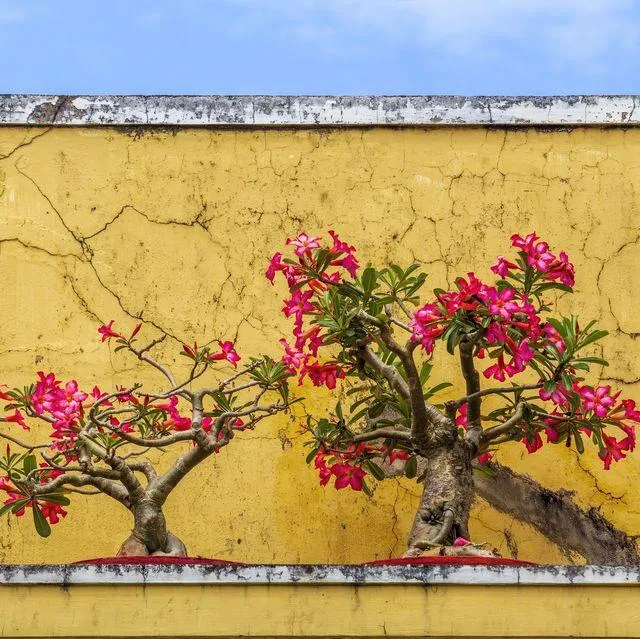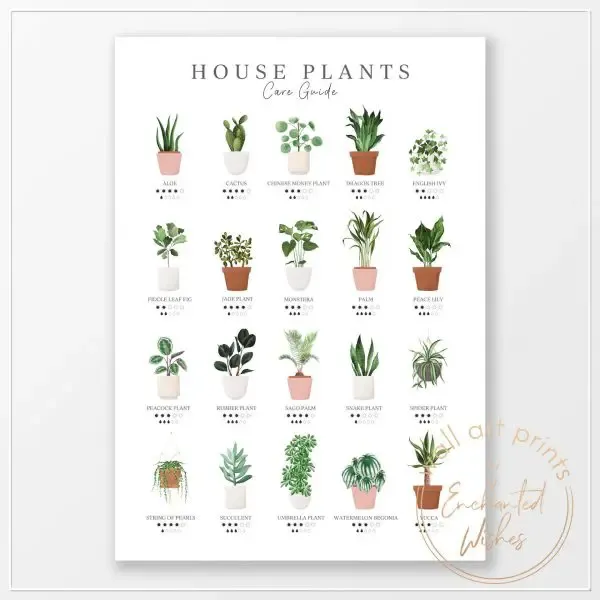Everything You Need to Know About Growing Indoor Wall Ivy
If you’re looking to add some lush greenery to your indoor spaces but don’t have much room, wall ivy may be the plant for you. As the name suggests, ivy is perfect for training up walls and other vertical surfaces both inside and out. In this article, I’ll cover all the basics of caring for ivy indoors, from choosing the right variety to giving it the conditions it needs to thrive.
Picking the Right Ivy for Indoor Walls
When shopping for ivy to grow on your indoor walls, you’ll find several options to choose from. English ivy (Hedera helix) is a very popular variety that thrives in low to medium light. It has decorative deep green leaves and tolerates a wide range of conditions. However, it can become invasive if it escapes outdoors, so take care with English ivy. A lower maintenance option is Swedish ivy (Plectranthus verticillatus), which has glossy green foliage and prefers brighter light. It’s less likely than English ivy to cause problems if a piece breaks off. Another good choice is needlepoint ivy (Hedera helix ‘Needlepoint’), known for its small, finer leaves that give a lacy texture.
Getting Your Ivy Started on the Wall
Now that you’ve selected your ivy, it’s time to get it planted on your wall. Make sure the wall surface you choose gets at least 4-6 hours of indirect light per day. Use small U-shaped metal brackets or hooks screwed into the wall about 6 inches apart to give the ivy something to cling to as it grows upward. You can also use strips of wooden molding attached horizontally across the wall. Then, use garden twine or coarse jute twine to loosely attach stems or cuttings of the ivy to the supports.
Be sure not to tie the vines too tightly, as the stems need room to breathe and grow. Water the ivy wall generously after planting and make sure the soil or growing medium stays consistently moist as the roots establish. Within a few weeks or months, depending on the ivy variety and growing conditions, the vines should start filling in across the wall surface.

Caring for Ivy on Indoor Walls
Once your wall ivy is planted and growing, here are some tips for ongoing care:
- Water whenever the top inch of soil is dry. Ivy likes to be kept consistently moist but not soggy wet.
- Fertilize monthly in spring and summer with a balanced houseplant fertilizer diluted to half the strength recommended on the label.
- Prune off any non-vining growth to direct the ivy upward on the wall. You can propagate cuttings to fill in bare spots.
- Mist foliage occasionally with a spray bottle if growth is lush as ivy appreciates humidity around 50%.
- Rotate the pot or planter periodically to encourage even growth training all around the wall.
- Repot when roots begin circling the drainage holes, using a pot just 1-2 inches larger in diameter.
With the right care, your indoor wall ivy can be a low-maintenance accent for years to come. Its versatility also makes it suitable for different indoor spaces like living rooms, home offices, bathrooms and more.
Dealing with Pests and Problems
As with any houseplant, ivy grown on interior walls can potentially deal with pesky insects from time to time. Two common pests to watch for include spider mites and mealybugs.
Spider mites show up as fine webbing on the undersides of leaves. The leaves may appear stipple or develop yellow or brown spots. Isolate the plant and spray it down thoroughly with water to dislodge the mites. You may need to repeat sprays every few days until no more mites appear. Neem oil added to the water also helps control the pests.

Mealybugs look like cottony masses along stems and leaves. Wipe them off carefully with cotton swabs dipped in rubbing alcohol. Be sure to check closely for any eggs or crawlers hiding in plant folds. Repeat the process weekly until no sign of the pests remains. As a preventative, wipe down new plants before introducing them to your collection.
If your wall ivy ever shows signs of wilting or dropping leaves despite normal care, the cause may be root rot from overwatering. To remedy this, remove the plant from its pot and gently tease apart the root ball. Prune away any mushy, dark roots and repot in fresh well-draining soil. Cut back on water until the new growth recovers.
Enjoying Your Indoor Wall Ivy
With some TLC, that little ivy plant you started training up your walls can turn into a lush indoor garden feature. With the right care and growing conditions, it will pump out new growth for years, filtering toxins from the air and adding greenery to your space. From my experience, nothing beats coming home to a living wall that seems to get fuller every day! So find the perfect spot and give indoor wall ivy a try – I’m sure you’ll love how it transforms your home’s interior.
I hope this guide has covered all you need to know to successfully grow your own trailing ivy indoors. Let me know if any other questions arise as you get started with your wall planting project. With a little patience, your ivy will thrive!

Choosing Indoor Ivy Varieties
| Variety | Light Needs | Growth Speed | Care Level |
|---|---|---|---|
| English Ivy | Low to Medium | Slow | Easy |
| Swedish Ivy | Medium | Medium | Easy |
| Hockey Ivy | Medium to High | Fast | Moderate |
| Needlepoint Ivy | Low to Medium | Medium | Easy |
| Purple Wandering Jew | Medium to High | Fast | Easy |
FAQ
-
How tall can indoor wall ivy grow?
Indoor wall ivy can grow to be quite tall, reaching 6 feet or more in some cases. But normally it will stay under 4 feet tall when grown inside. The height depends a lot on the variety and growing conditions.
-
What kind of light does indoor wall ivy need?
Ivy needs bright, indirect sunlight to thrive. Direct sun may burn the leaves. It does well near an east or west window where it gets light for several hours a day. A south-facing window with some shade is also okay. Artificial lights can work too if the plant is close enough.
-
How much water should indoor wall ivy get?
You’ll need to water indoor wall ivy regularly, but the soil shouldn’t be soaked. Water when the top inch of soil is dry. In warmer months, water every 5-7 days. In winter, cut back to every 2 weeks. Too little water will cause brown spots, but too much can lead to root rot.

-
Does indoor wall ivy need fertilizer?
Fertilizing indoor wall ivy seasonally helps it stay healthy and green. Use a dilute water-soluble fertilizer at half the recommended strength every few months in the spring and summer. Fertilizer isn’t necessary in fall and winter when the plant grows slower.
-
Can indoor wall ivy grow in low light?
While ivy prefers bright light, it can potentially grow in low-light areas. However, it may become leggy with fewer leaves in very low light. It’s best to give it as much sunlight as you can. Near a north-facing window may work if that’s your only option. The plant will grow more slowly in low light.
-
How do you control pests on indoor wall ivy?
Common pests include spider mites, aphids and scale insects. Check the plant regularly and wipe leaves with diluted neem oil or insecticidal soap if spots appear. Isolate any infested plants to contain the bother. As a last option, there are pesticides labeled safe for indoor use. Prevent problems by keeping ivy healthy with good care.
